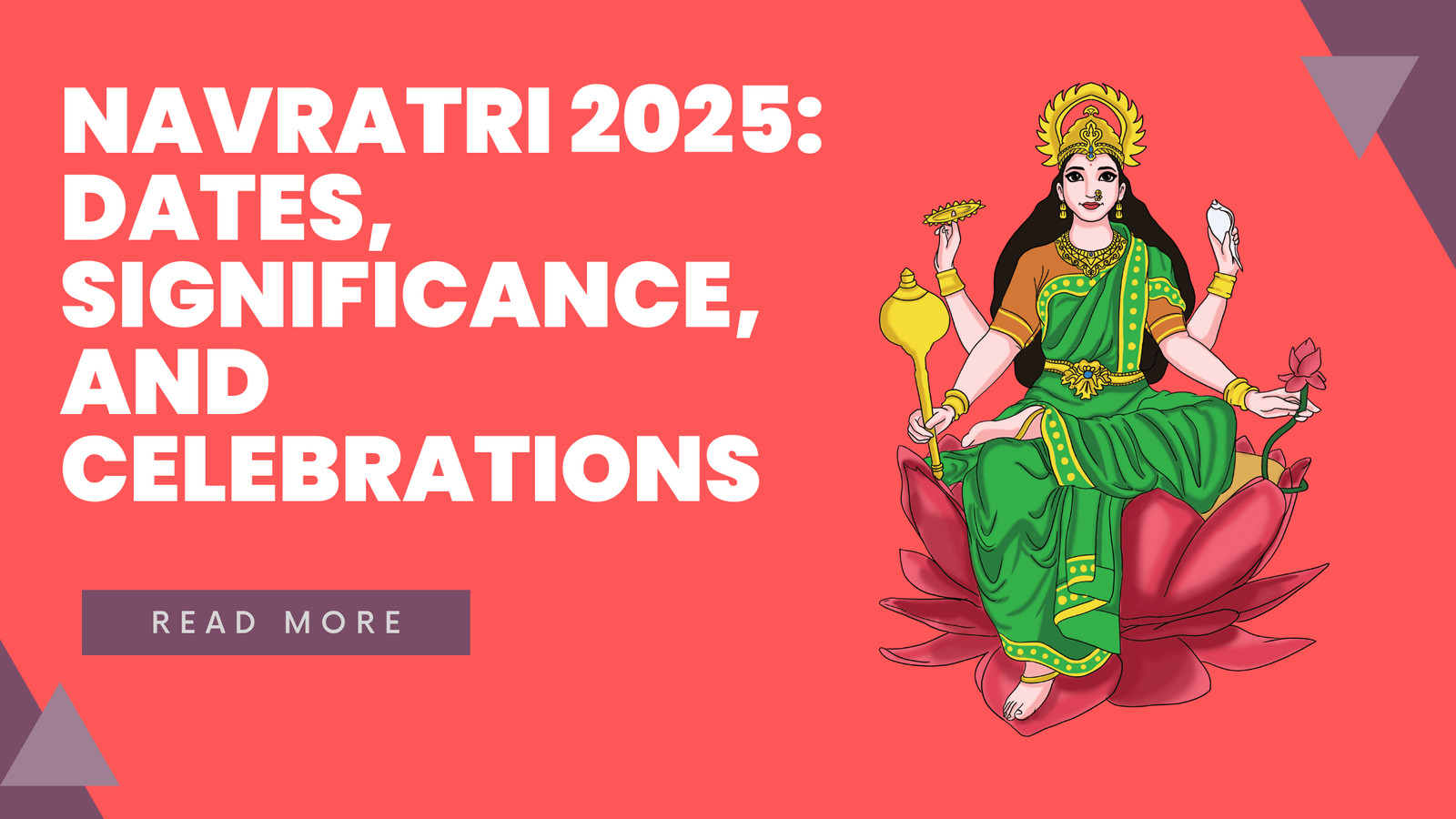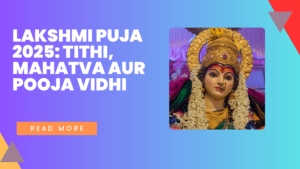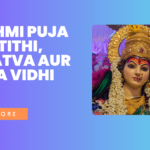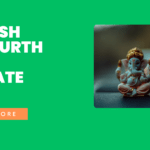Navratri 2025: Dates, Significance, and Celebrations
Navratri is one of the most celebrated festivals in India, dedicated to the worship of Goddess Durga. The festival spans nine days and nights, during which devotees celebrate the power of feminine energy, seek blessings, and engage in various spiritual practices. In 2025, the main Navratri festival will occur in the month of October, marking a time of devotion, fasting, dancing, and celebration across the country.
Let’s explore the dates, significance, and the vibrant celebrations of Navratri 2025, which promises to be a grand spiritual and cultural event.
Navratri 2025 Dates
In 2025, Navratri will begin on October 6 and end on October 14. The festival spans nine days, each dedicated to the worship of Goddess Durga in her various forms.
- Start Date: October 6, 2025 (Pratipada)
- End Date: October 14, 2025 (Vijayadashami/Dussehra)
The final day of Navratri, known as Vijayadashami or Dussehra, is especially significant, as it marks the victory of good over evil, symbolized by the triumph of Lord Rama over the demon king Ravana in the Ramayana. It is also considered the day when Goddess Durga defeated the buffalo demon Mahishasura.
Significance of Navratri
Navratri, which means “nine nights,” is a festival that celebrates the divine feminine power, symbolized by Goddess Durga. Each day of Navratri is dedicated to a different incarnation of Goddess Durga, and the worship practices vary based on local traditions.
Here’s a breakdown of the nine forms of Goddess Durga that are worshipped during the nine days of Navratri:
- Day 1 – Shailputri: Goddess Durga as the daughter of the mountains. She represents stability and strength.
- Day 2 – Brahmacharini: Goddess Durga as the one who is full of energy and discipline, symbolizing devotion and penance.
- Day 3 – Chandraghanta: Goddess Durga in a warrior form, symbolizing courage and strength.
- Day 4 – Kushmanda: Goddess Durga as the creator of the universe, symbolizing prosperity and health.
- Day 5 – Skandamata: Goddess Durga as the mother of Lord Kartikeya, symbolizing maternal love and care.
- Day 6 – Katyayani: Goddess Durga as a warrior, representing courage and valor.
- Day 7 – Kalaratri: Goddess Durga in her fierce form, symbolizing the destruction of negativity and evil forces.
- Day 8 – Mahagauri: Goddess Durga as the embodiment of purity and spiritual wisdom.
- Day 9 – Siddhidatri: Goddess Durga who grants all forms of siddhi (spiritual power), symbolizing fulfillment and wisdom.
Each day of Navratri is dedicated to the worship of one of these forms, with prayers, rituals, and offerings being made to honor the Goddess.
How is Navratri Celebrated?
Navratri is celebrated with great enthusiasm and devotion across India, with each region showcasing its own unique customs and traditions. Some of the key celebrations include:
- Fasting and Prayer: Many devotees observe fasts during Navratri, offering prayers to Goddess Durga, seeking her blessings for strength, health, and prosperity. Fasting practices can vary from complete abstinence from food to consuming only fruits and sattvic (pure) food.
- Garba and Dandiya Raas: In Gujarat and other parts of India, Navratri is celebrated with energetic folk dances like Garba and Dandiya Raas. People come together in groups, wearing traditional clothes, to dance in a circle, celebrating the divine feminine energy of the Goddess.
- Durga Puja: In the eastern states of India, particularly West Bengal, Durga Puja is a grand celebration. Elaborate pandals (temporary temples) are set up to house idols of Goddess Durga, and devotees engage in cultural activities, including devotional music, dance, and processions.
- Ramlila and Dussehra Rallies: In many parts of India, Ramlila (the dramatic re-enactment of the Ramayana) is performed during Navratri, culminating on Dussehra, when effigies of Ravana are burned to symbolize the victory of good over evil.
- Community Feasts and Offerings: On the final day of Navratri, many families and communities come together to offer prayers and share festive foods. Offerings are made to the Goddess, and people exchange gifts and sweets to celebrate the triumph of righteousness.
- Saraswati Puja: On the eighth day of Navratri, Saraswati Puja is celebrated, especially in schools and educational institutions. Students worship Goddess Saraswati, seeking her blessings for knowledge and wisdom.
Navratri and Its Spiritual Significance
Navratri is not just a festival of revelry but also a deeply spiritual event. It is a time for introspection, self-discipline, and devotion. The festival encourages people to purify their bodies and minds and to seek the divine blessings of Goddess Durga for strength and protection.
It is believed that during Navratri, Goddess Durga grants her devotees the strength to overcome their personal challenges and remove negativity from their lives. Fasting, prayer, and meditation during these nine days help to cleanse the body and soul, bringing peace and harmony to one’s life.
Conclusion
Navratri 2025 will be a joyous occasion, beginning on October 6th and culminating on October 14th. This nine-day festival is a celebration of the divine feminine energy and a time for spiritual reflection, fasting, prayer, and community bonding. Whether through dance, rituals, or spiritual practices, Navratri is a festival that brings people together in devotion and celebration.
As we approach this auspicious occasion, let us remember the significance of the festival—its power to purify our minds, bodies, and souls while reminding us of the triumph of good over evil. May this Navratri bring blessings of health, prosperity, and spiritual growth to all.






